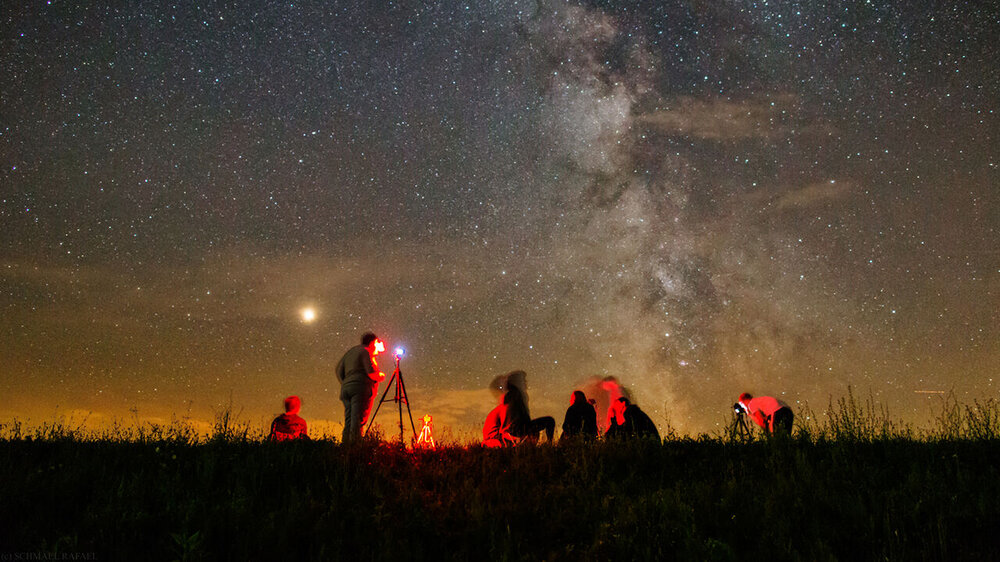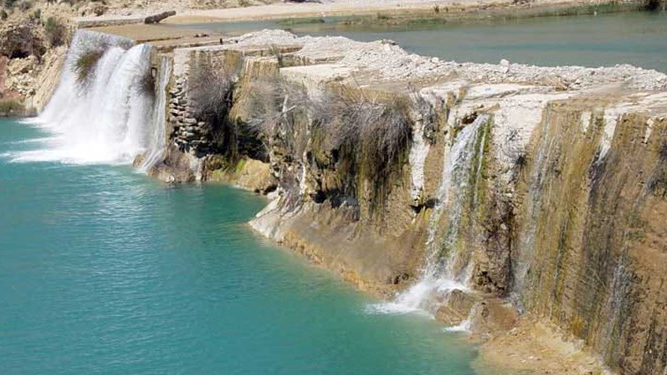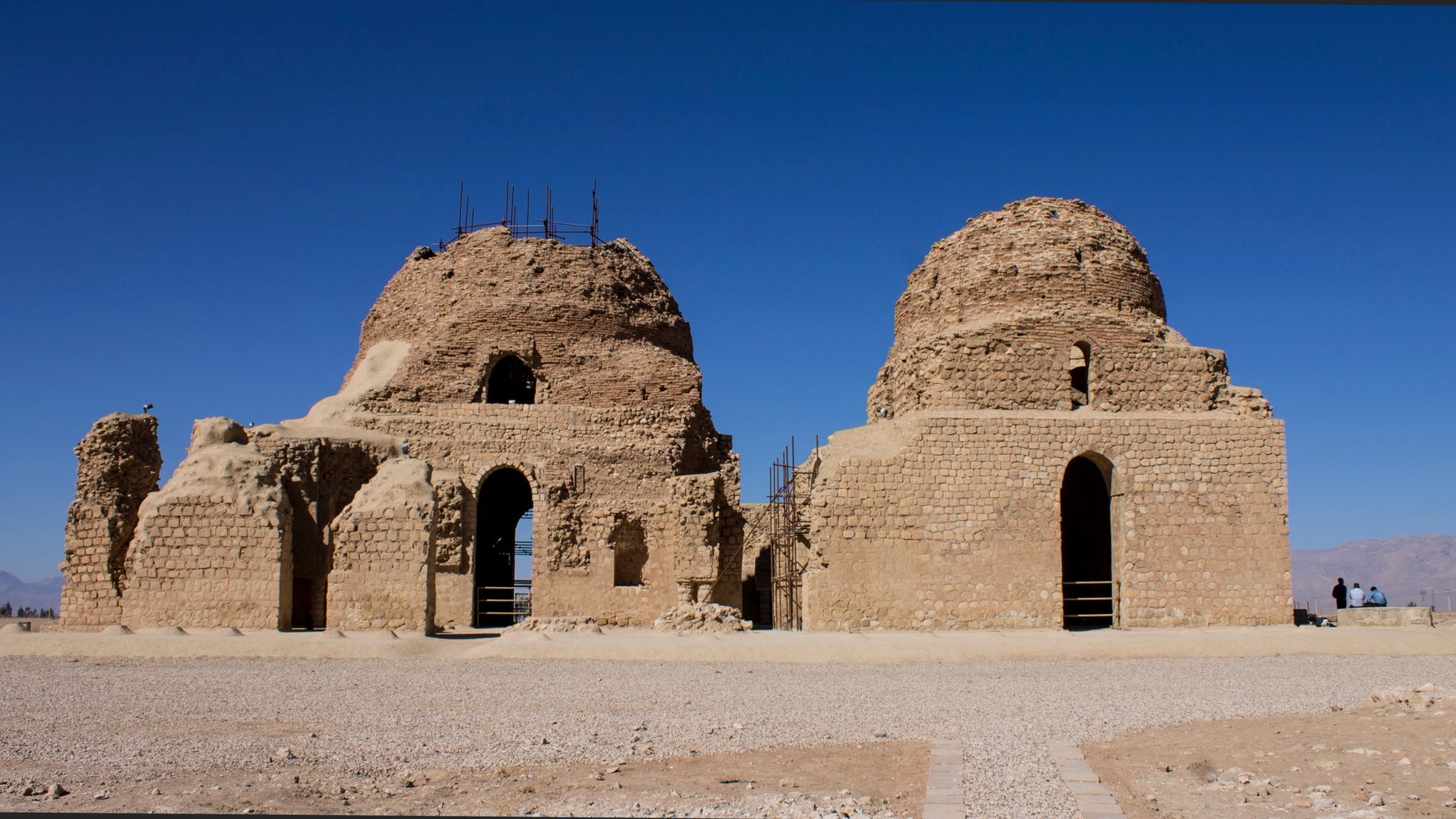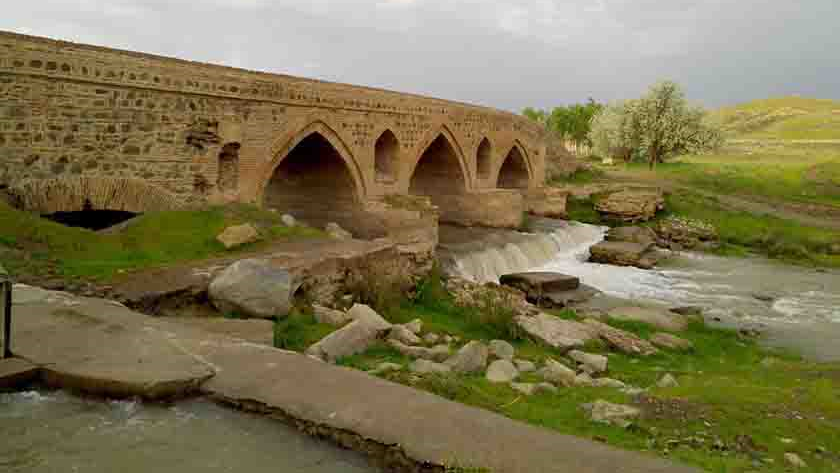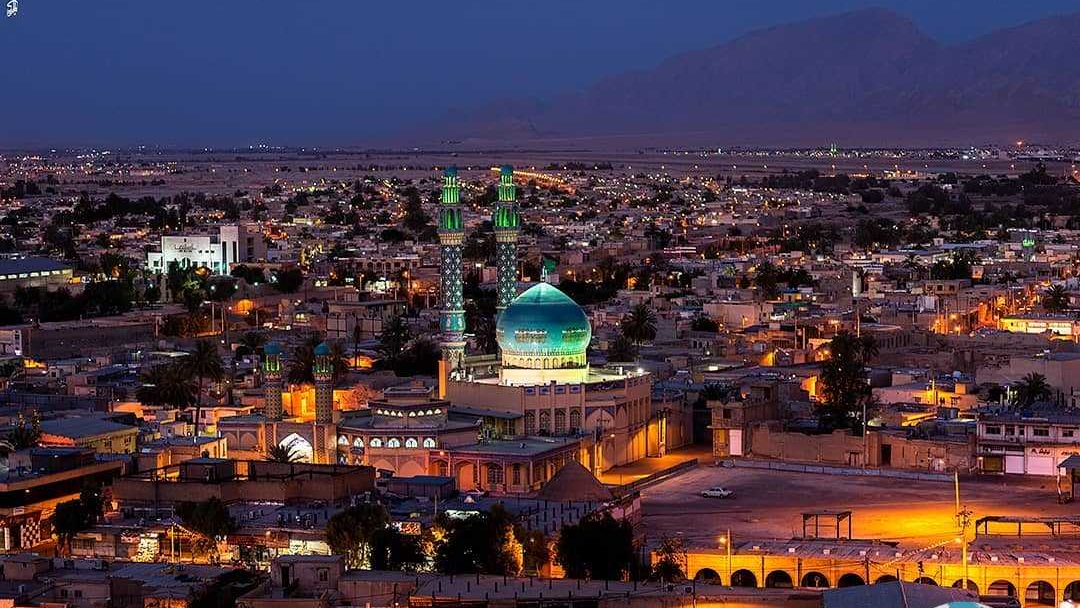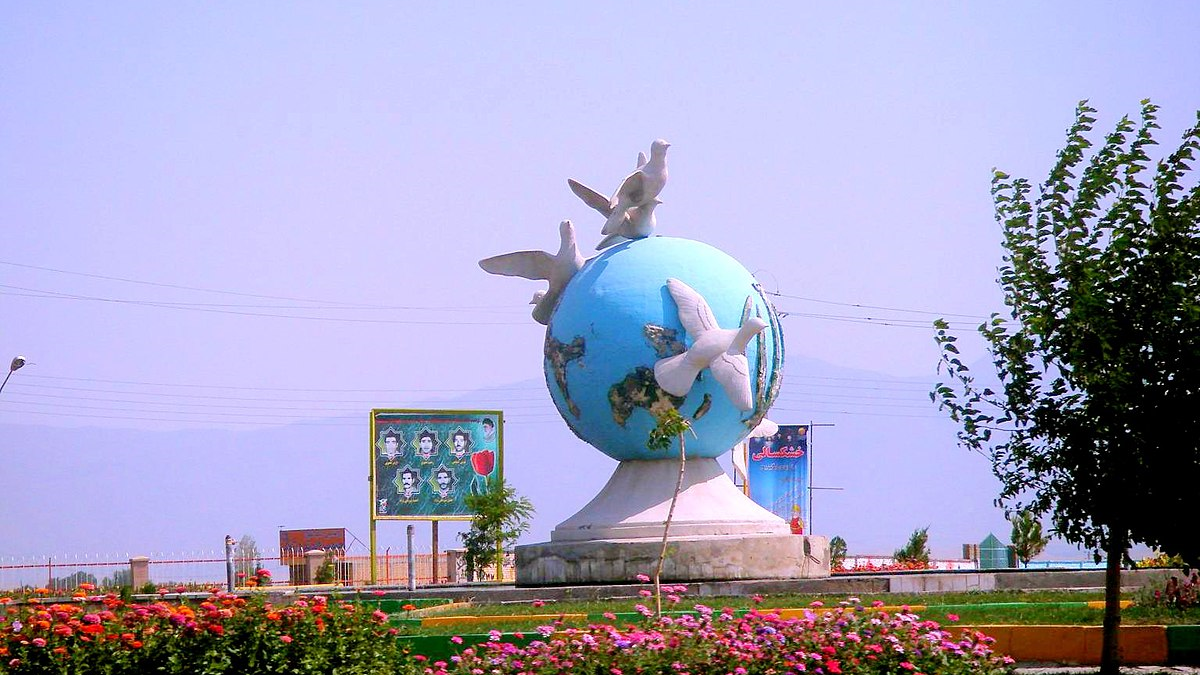
Dokhtar Gabr pool
Located in a place called Dokhtar Gabr pool in the city of Eqlid, the inscription of Dokhtar Gabr is one of the oldest tombstones in Iran.
Where is Eqlid located?
The city of Eqlid is located in the north of Fars province and on the southern slopes of the Zagros mountain range. This area is known as the sixth highest city in Iran with an altitude of 2300 meters above sea level and being located at the foothills the climate of Eqlid is cold and dry, and its temperature reaches minus 22 degrees Celsius in winters.
Being one of the oldest settlements in the north of Fars province, which dates back to about seven thousand years ago, Eqlid has an area of nearly 7200 square kilometers and its annual rainfall is more than 300 mm. This issue has made the conditions of this area favorable for horticultural activities. The presence of springs and rich water resources has made more people show a desire to settle in Eqlid than in the distant past.
Features of the Inscription of Dokhtar Gabr
There are some hills just outside Eqlid on one of which (the second hill) there is a tomb of an imamzadeh and a large cemetery. Right in the middle of this hill, which is called “Tal-e Qalat, there is a hole carved in the heart of a stone rock, which is known as “Gabr Pool”. There is an inscription measuring 56 x 160 cm in front of this pool, on which a 21-line inscription can be seen. This inscription is written in the Pahlavi script and is the oldest tombstone inscription in Iran written in Pahlavi script.
The Writings on the Inscription of Dokhter Gabr
Although the first eight lines of the inscription have been damaged, a date can be seen on it, which coincides with November 2, 638 AD, i.e. the sixth year of Yazdgerd’s rule in Iran. The text refers to this place as “dakhmeh” (crypt/tower of silence). It is believed that there was a grave there in which a person had been buried with folded knees.
Besides the date of its writing, the name and lineage of the deceased, the person who had ordered the inscription, and the customs observed in the burial of the deceased are also mentioned in this inscription.
The History of Dokhter Gabr Pool
Because of its historical background, this site is referred to as Eqlid’s historical birth certificate. According to the way the grave was created, experts date its history back to the time of Yazdgerd III, the last Sassanid king.
Some historical evidence shows that this crypt was a part of the Zoroastrian place of worship and it should probably be considered a part of a castle the remains of which are located on top of the hill.
Some Zoroastrian ossuaries can also be seen in this historical area. An ossuary was a chest, box, building, well, or site made to serve as the final resting place of human skeletal remains. Zoroastrians, according to their beliefs, put the dead body in a place called “crypt” (also called the tower of silence) so that the birds would feed on its flesh and they would place the bones in an ossuary.
Some people believe that in the past, the ruler of the city lived in the castle on top of the hill, and on festive days, especially Nowruz, he would fill this pool with henna and give some of it to the people.
Dokhter Gabr Pool was inscribed on the list of Iran’s national heritage in the year 1975.
| Name | Dokhtar Gabr pool |
| Country | Iran |
| State | Fars |
| City | Eqlid |
| Type | Historical |
| Registration | National |
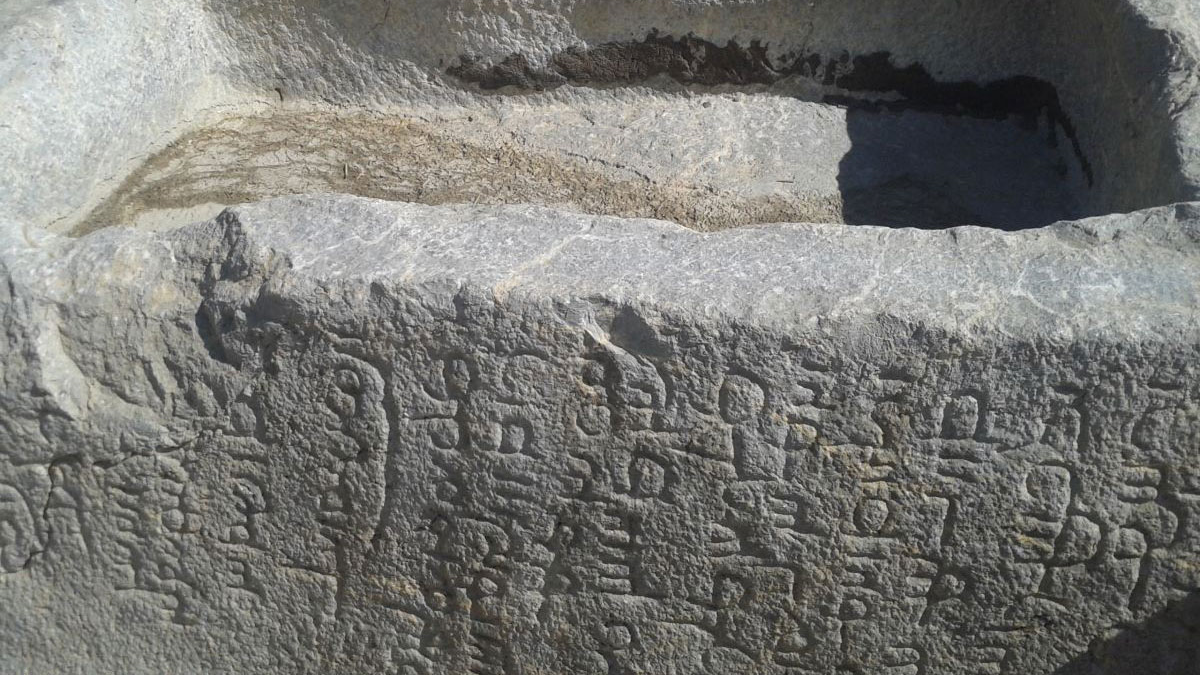
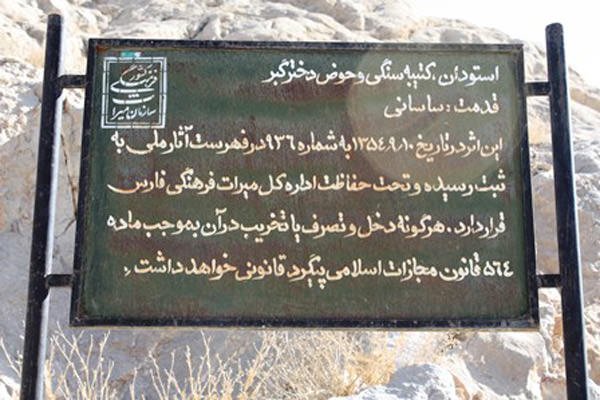
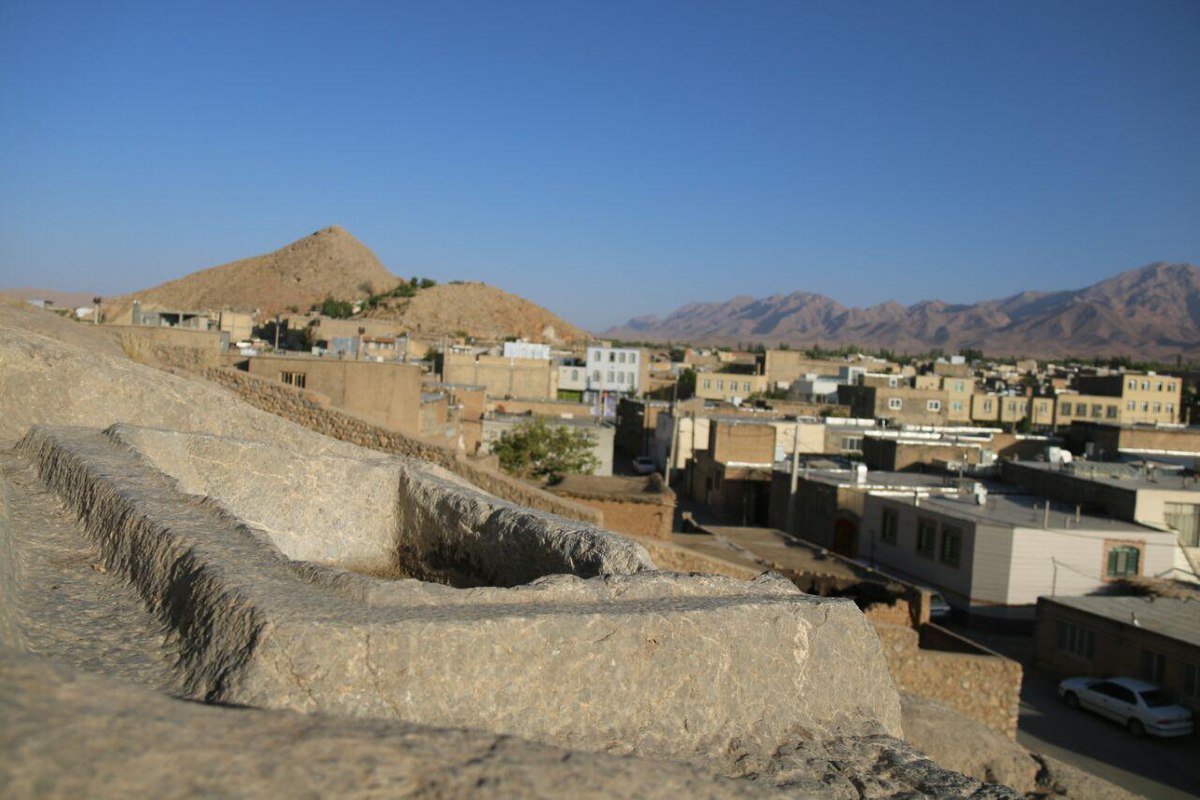



Choose blindless
Red blindless Green blindless Blue blindless Red hard to see Green hard to see Blue hard to see Monochrome Special MonochromeFont size change:
Change word spacing:
Change line height:
Change mouse type:
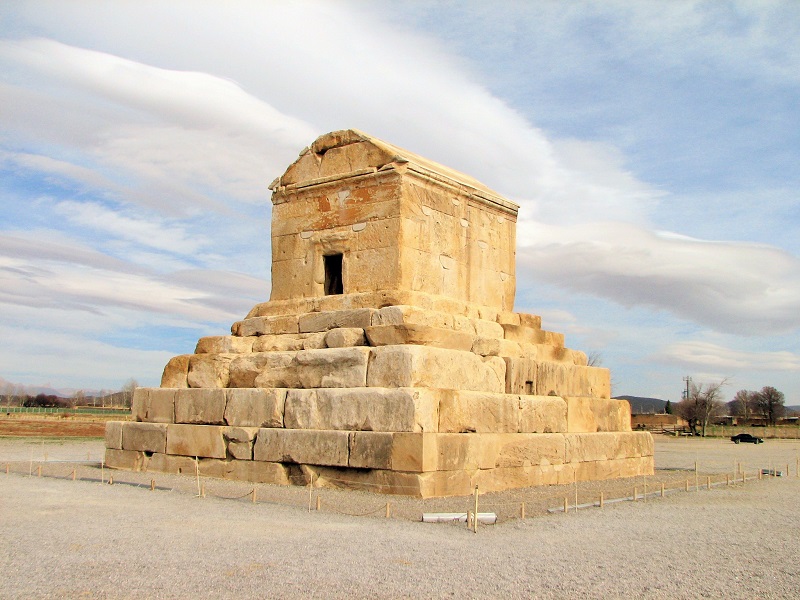

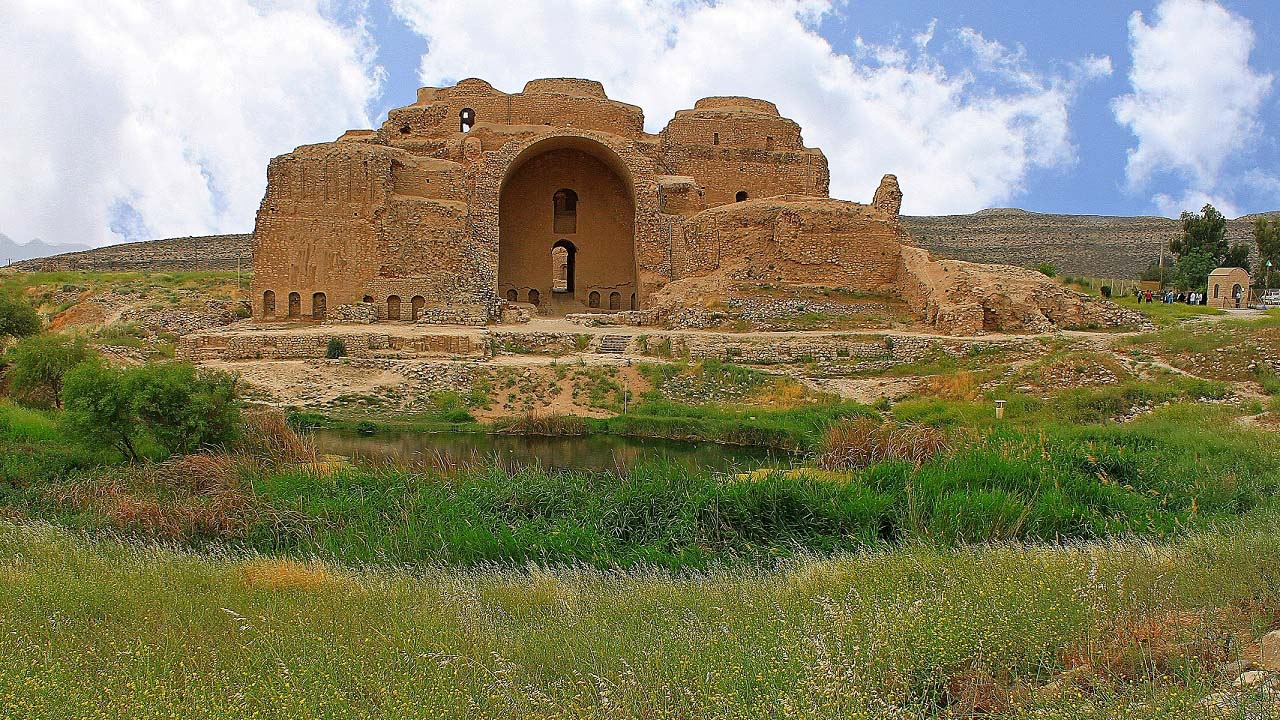
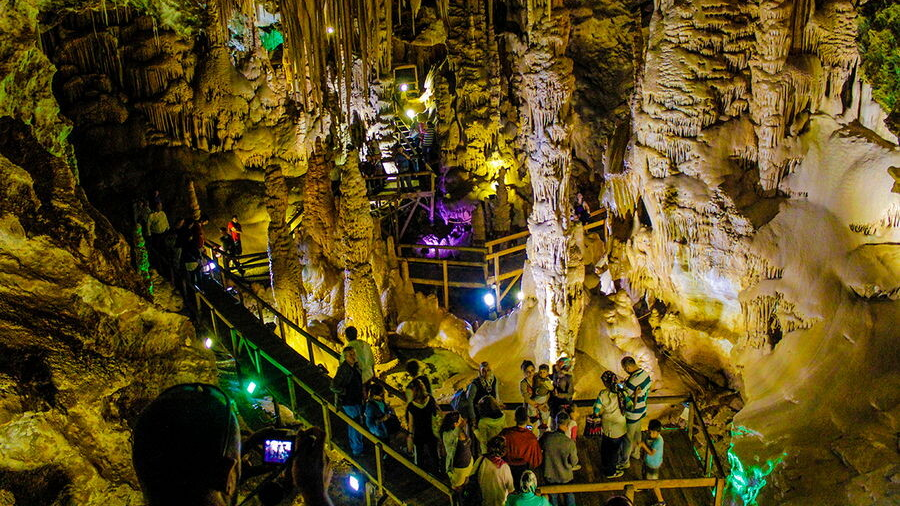
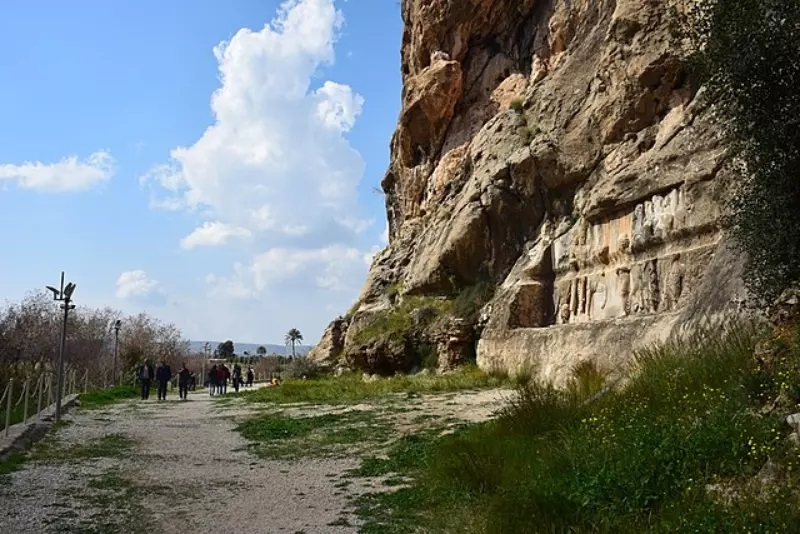
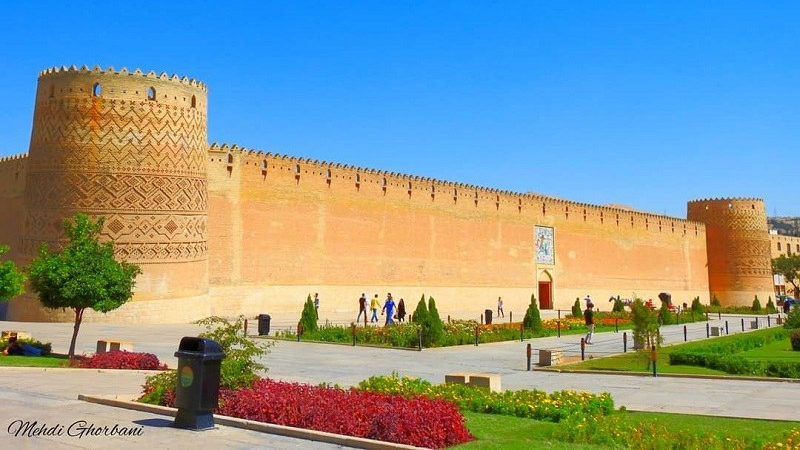
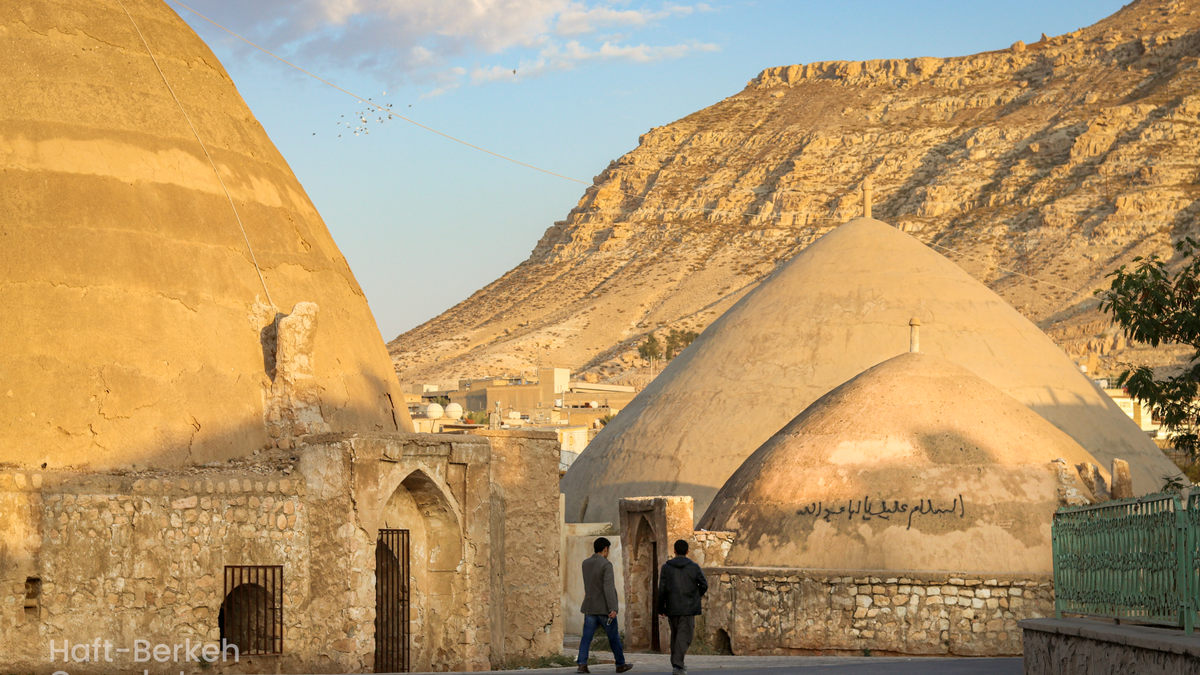
.jpg)
